Food Families
Grains
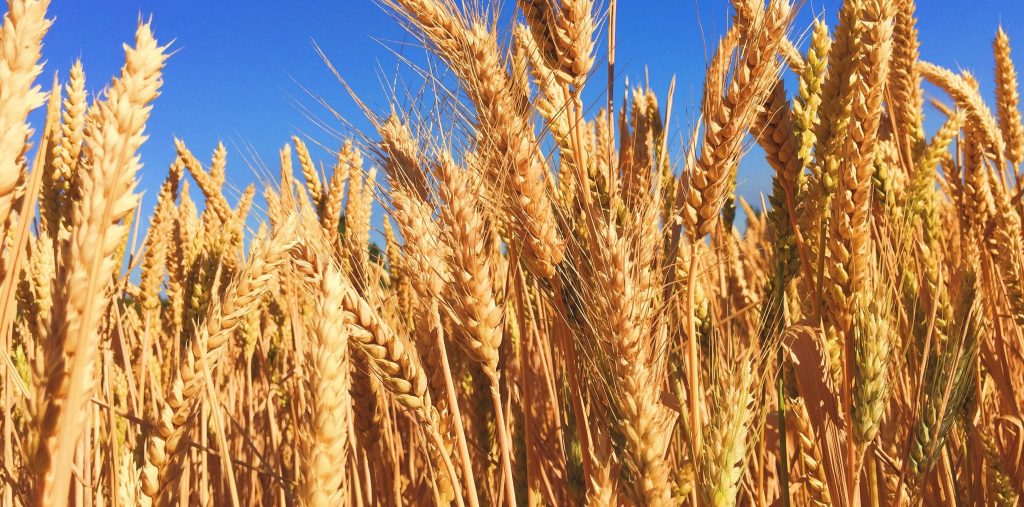
This group includes bread, rice, bulgur, pasta, tortillas, hot or cold cereal, made of corn, millet, barley, sorghum, buckwheat, spelt, oat, quinoa, rice, teff, kamut, wheat. Grains are rich in fibres and other complex carbohydrates, as well as protein, B vitamins, iron and zinc. It is suggested a consumption of 5 or more servings a day, provided that they are whole, not refined cereals.
Vegetables
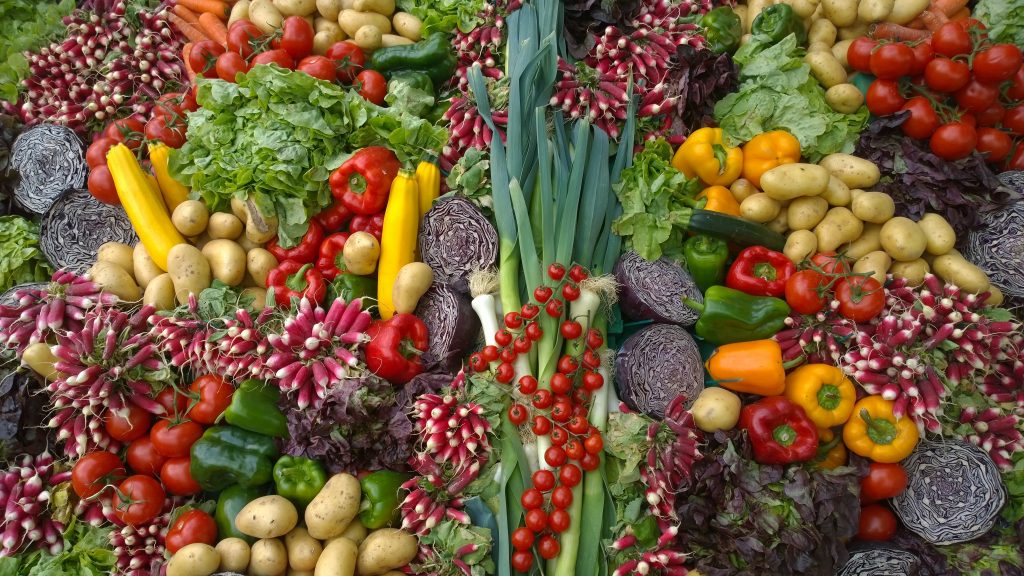
They provide vitamin C, beta-carotene, riboflavin, iron, calcium, magnesium, potassium, fibre, and a lot of bioactive compounds. Dark green leafy vegetables such as broccoli, collards, kale, mustard, turnip greens, chicory, or bok choy are especially good sources of these important nutrients. Dark yellow and orange vegetables such as carrots, tomatoes and pumpkin also provide beta-carotene, lycopene, lutein and other important phytochemicals.
Choose raw vegetables over cooked ones, as nutrients will be more intact, except for beta-carotene-rich food which concentrate this nutrient when cooked. When cooking vegetables, choose stir-fry, steam and oven-cooking instead of fry, grill or boil them. Boiling is actually known for entrapping nutrients in the water, leading to quite nutritionally-empty vegetables to eat, although very reach in fibres. It is suggested a consumption of at least 3-5 servings a day. Raw vegetable-fresh made juices can help you to reach daily recommended servings.
Fruits
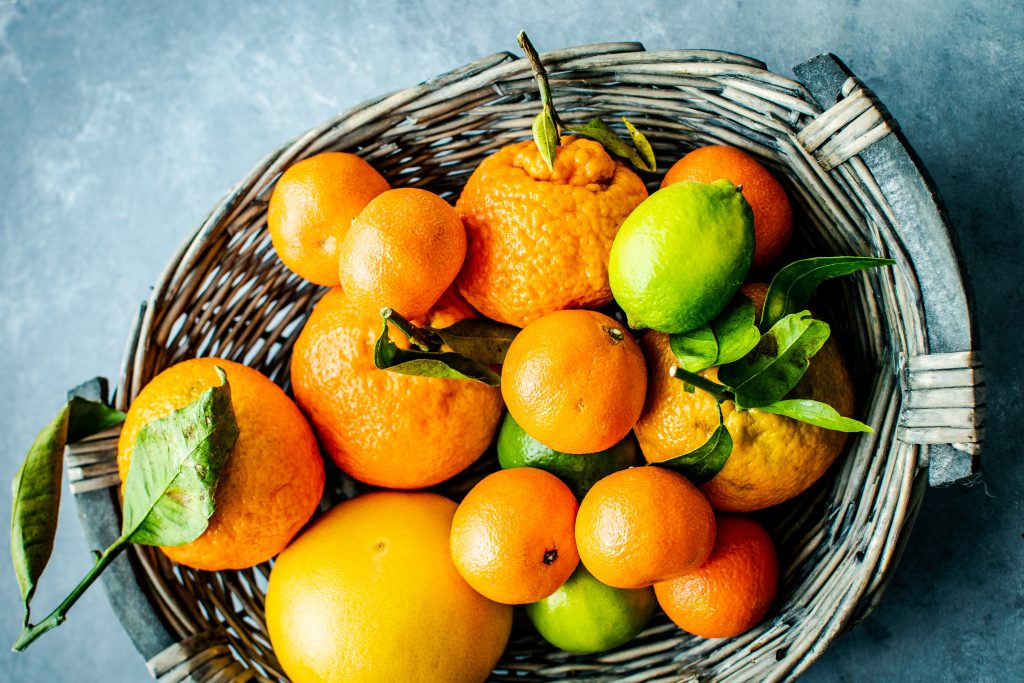
Rich in fibre and vitamin C, fruits also packed with beta-carotene, lycopene and other precious phytochemicals, such as quercetin and anthocyanins, all known to be strong antioxidants. Choose whole fruit over fruit juices, which do not contain much fibre. It is suggested a consumption of 2-3 servings a day.
Fruits include all kind of fruits, also fresh or frozen, raw or cooked, and fruit juices.
Milk and Dairy Products
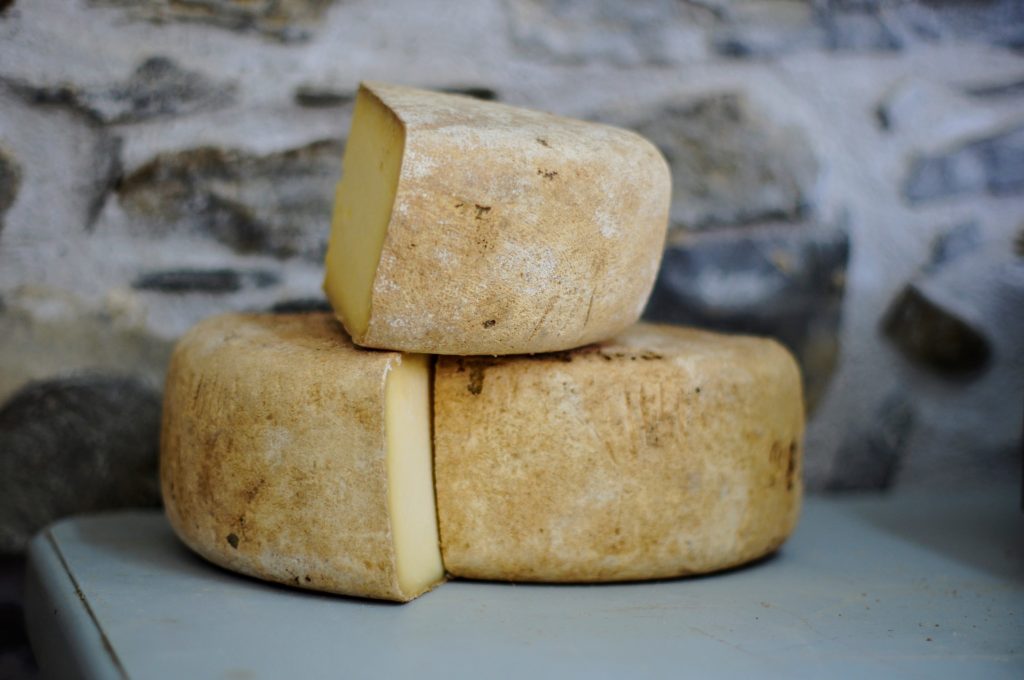
This group includes a wide variety of products, starting from milk, which can be provided by cows, goats and sheep, fermented milk, such as kefir, yogurth, which are the best for our health, and several types of cheese, going from fresh and soft to hard and matured ones, such as parmesan. They all provide good quality proteins, calcium, vitamin D, but also sodium, saturated fats and cholesterol, so do not exceed in dairy consumption. It is suggested a consumption of 1 or 2 servings a day, provided that they are low fat, fermented, organic, low in salt and without added sugars.
Meat, Poultry, Fish, Eggs
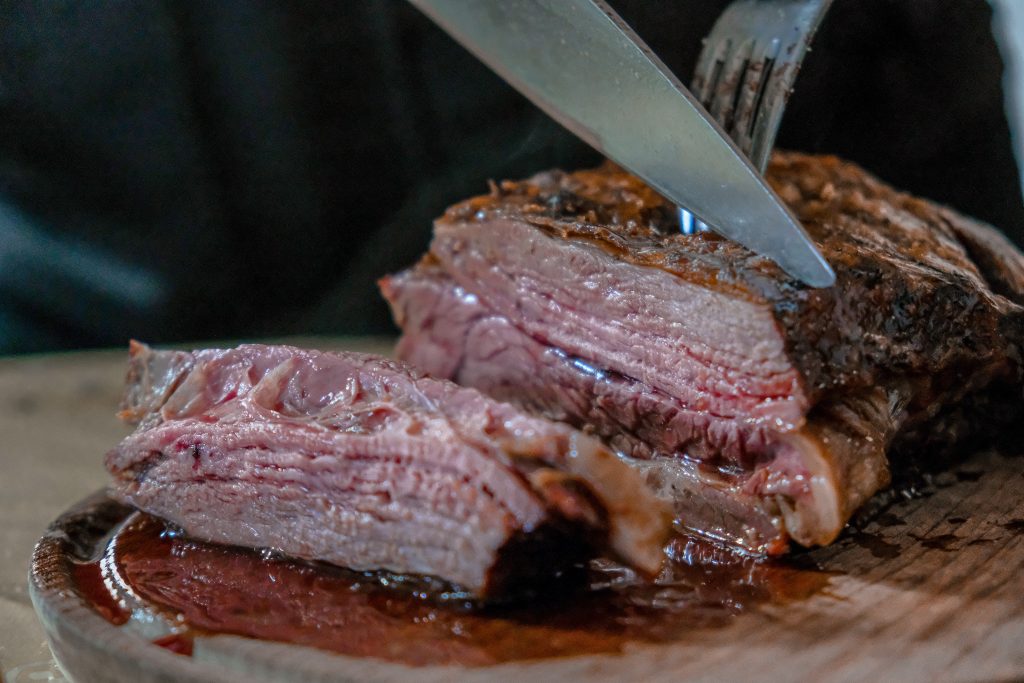
They are good sources of protein, iron, zinc, copper, phosphorus, sodium, and cholesterol, except fish, which provides good fats (see Section 2) and iodine, as well as protein, iron and vitamin D. If animals are “free range” or their feed is vitamin B12 added, also vitamin B12 is present in their meat. Meat is classified as red or white, the latter being more recommended as healthier, provided that is lean and from organic farms. Edible fish can come from sea or freshwater, providing good fats when living in cold waters and iodine if from marine origin. It is suggested a consumption of 3 or 4 servings a week for this food family.
Legumes
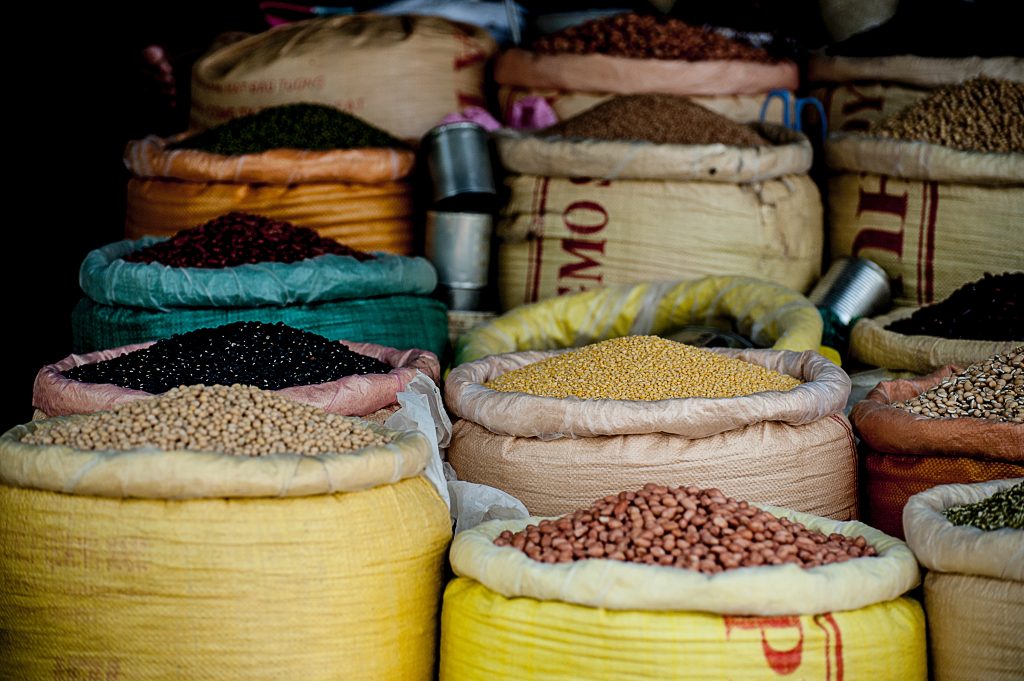
Also known as beans or pulses, they include chickpeas, soy, peas, peanuts and lentils. They are all good sources of fibres, protein, iron, calcium, zinc, and B vitamins, as well as, useful fats. Legumes can be consumed entire, split, dehulled, as pasta, flour, hummus and falafel. It is suggested a consumption of 3 or 4 servings a week.
Nuts, Seeds, and Oils
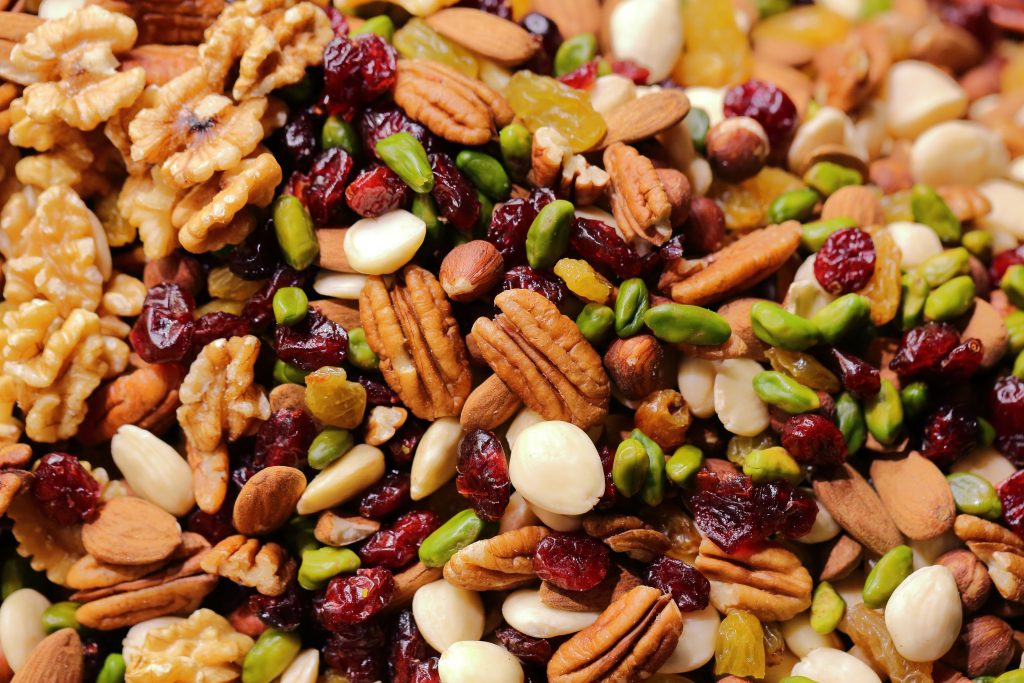
Nuts and seeds are complete foods, which can help us meeting the nutrient daily requirements as they can supply energy, protein, good fats, iron, calcium, potassium, magnesium, phosphorous and precious bioactive components, as well as vitamin E, fibre, and folate. Nuts include almonds, walnuts, pistachios, peanuts (actually they are legumes), cashew, brasilian and macadamia nuts, while seeds are pumpkin, sunflower, sesame, hemp, flaxseed, poppy, and chia. Oils are pure fats, obtained from olives, seeds (pumpkin, sunflower, sesame, hemp, flaxseed), palm or coconut, and even legumes like soy or cereals like corn. Among animal fatty food, there are butter, cream, lard, while solid vegetable fats can be sold as margarine, which may not be too healthy if it contains hydrogenated fats.
Water and Drinks
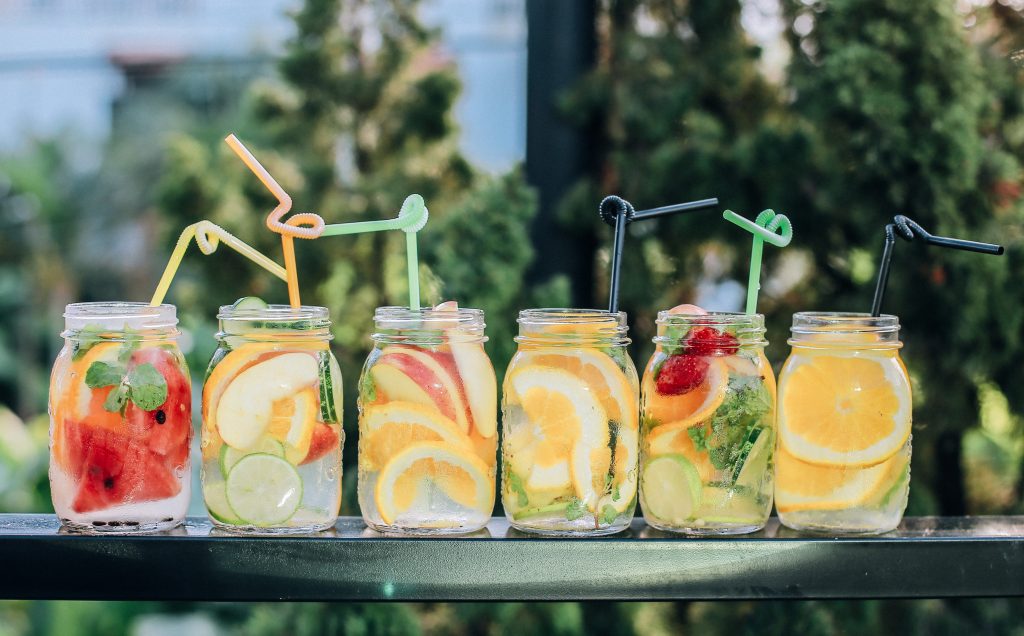
Drinking water and other beverages contribute about 70 to 80% of our liquid requirements, and water in foods accounts for the remaining.
Drinks and beverages can be alcoholic or not, with added sugar or not, based on plant-extracts or artificial flavours. It is very important to choose carefully what to drink apart from water, as alcohol and free sugars should be avoided.
Sugar Alternatives
Sugar is the most common sweetener we use, but other types are available which are excellent alternatives, not only as sweeteners but also for their effect on our health. Foods can in fact be classified on their ability of rising blood sugar level using a measurement known as glycaemic index, GI (increase of blood glucose level over the baseline level during a 2-hour period following the consumption of a defined amount of carbohydrate, usually 50g, compared with the same amount of carbohydrate in a reference food). Food values can range from 0 to 100 using glucose as the reference food, rating 100; lower is their GI and better they are for us. Food are classified with low GI when their values are within a 0-55 range, medium if GI values are 55-70 and high GI when values are in the range 70-100.
Back to our sugar alternatives, there are sweeteners with very low GI, near or equal to zero, such as stevia, erythritol, xilitol, while fructose or whole coconut sugar range from 15-35 GI.
Check out the following posts on macronutrients and micronutrients in food!
Wanna see how much you have learned about food families and nutrients? Let’s do the quiz here!